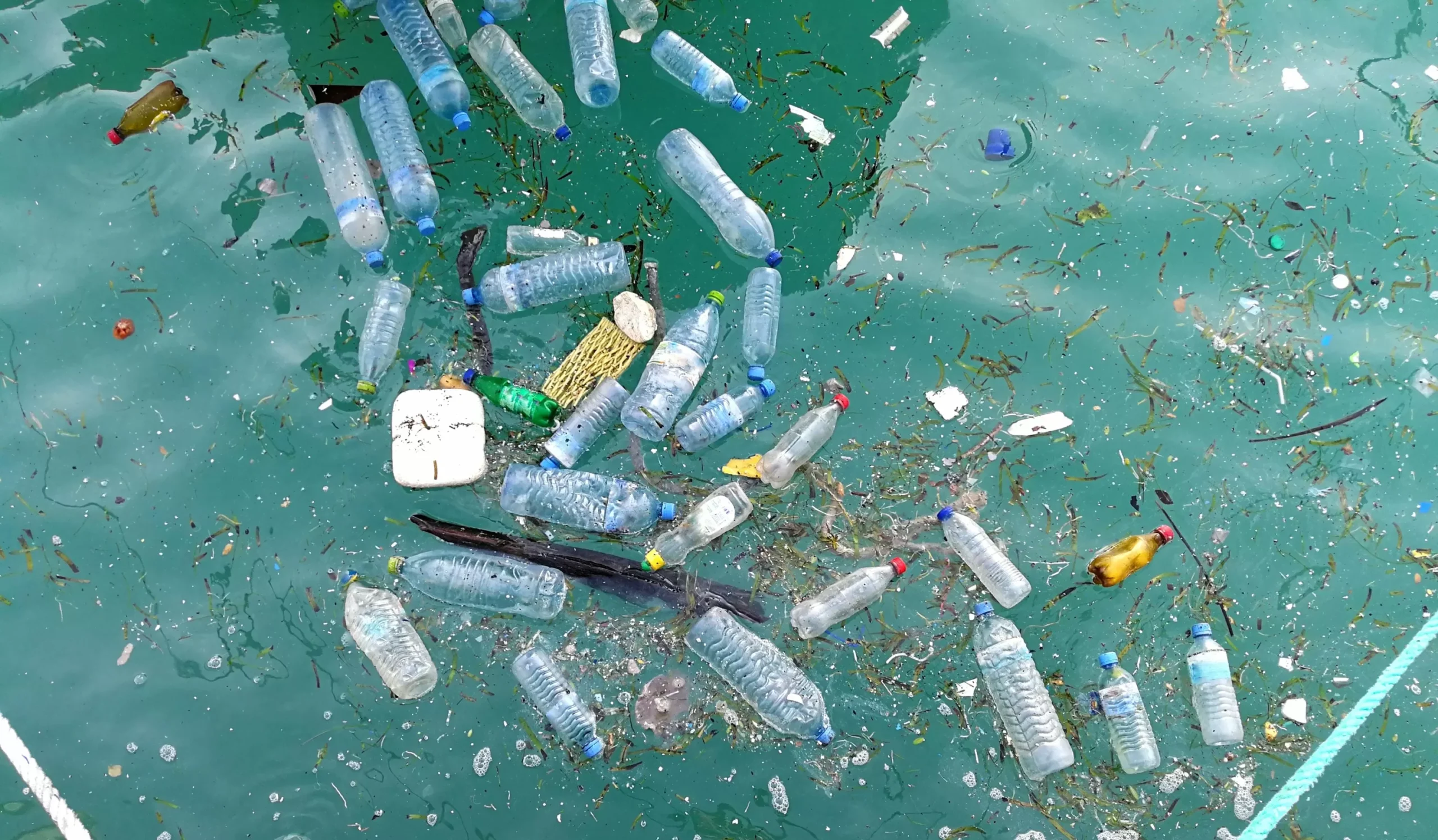Everywhere we look, we see plastic. From our morning coffee cups to the packaging of our favorite snacks, plastic has become an integral part of our daily lives. It’s hard to imagine a world without it, but have you ever stopped to think about the impact of plastic on our environment?
Plastic pollution has become a major concern in recent years, and for good reason. It is estimated that over 8 million tons of plastic waste end up in our oceans every year. This not only affects marine life, but also our own health as microplastics make their way into our food chain. The sad reality is that the convenience of plastic has come at a high cost to our planet.
So why is plastic everywhere? The answer is simple – it’s cheap and versatile. Plastic is a synthetic material that can be molded into almost any shape, making it ideal for a wide range of products. It is also lightweight, durable and has a long shelf life, making it a preferred choice for packaging. In fact, it is estimated that half of all plastic produced is used for single-use items, meaning it is thrown away after just one use.
But the problem with plastic is that it never truly goes away. Most plastic items take hundreds of years to decompose, and even then, they break down into smaller pieces known as microplastics. These microplastics can be found in our oceans, in our soil, and even in the air we breathe. They not only harm marine life but also pose a threat to our own health.
So what can we do to reduce our plastic consumption? The good news is that there are plenty of alternatives to plastic products. For instance, instead of using single-use plastic bags, we can opt for reusable bags made from natural materials such as cotton or jute. We can also choose to buy products with minimal packaging or packaging made from eco-friendly materials.
But the responsibility to reduce plastic waste doesn’t solely lie with individuals. Companies also have a crucial role to play. They can adopt sustainable practices, use alternative materials, and invest in recycling facilities. In fact, many companies have already taken steps towards reducing their plastic footprint by introducing plastic-free packaging or using recycled plastic in their products.
Moreover, governments around the world are taking notice of the plastic pollution crisis and implementing measures to tackle it. Many countries have banned single-use plastics, and some have even imposed taxes on plastic products to discourage its use. These actions are a step in the right direction, but more needs to be done.
As consumers, we also have the power to drive change through our purchasing choices. By supporting companies that prioritize sustainability and eco-friendliness, we can send a message that we care about the future of our planet. Additionally, we can also participate in clean-up initiatives in our communities and educate others on the importance of reducing plastic waste.
It’s important to note that plastic itself is not inherently bad. It has revolutionized many industries and made our lives easier in numerous ways. However, it’s our excessive and irresponsible use of plastic that has led to the current crisis. It’s time for us to rethink our relationship with plastic and find more sustainable alternatives.
In conclusion, plastic may seem like it’s everywhere, but it doesn’t have to be that way. We have the power to make a positive impact and reduce our plastic consumption. Let’s choose reusable over single-use, eco-friendly over conventional, and support companies that prioritize sustainability. Together, we can make a difference and create a cleaner, healthier planet for future generations. The choice is in our hands.







